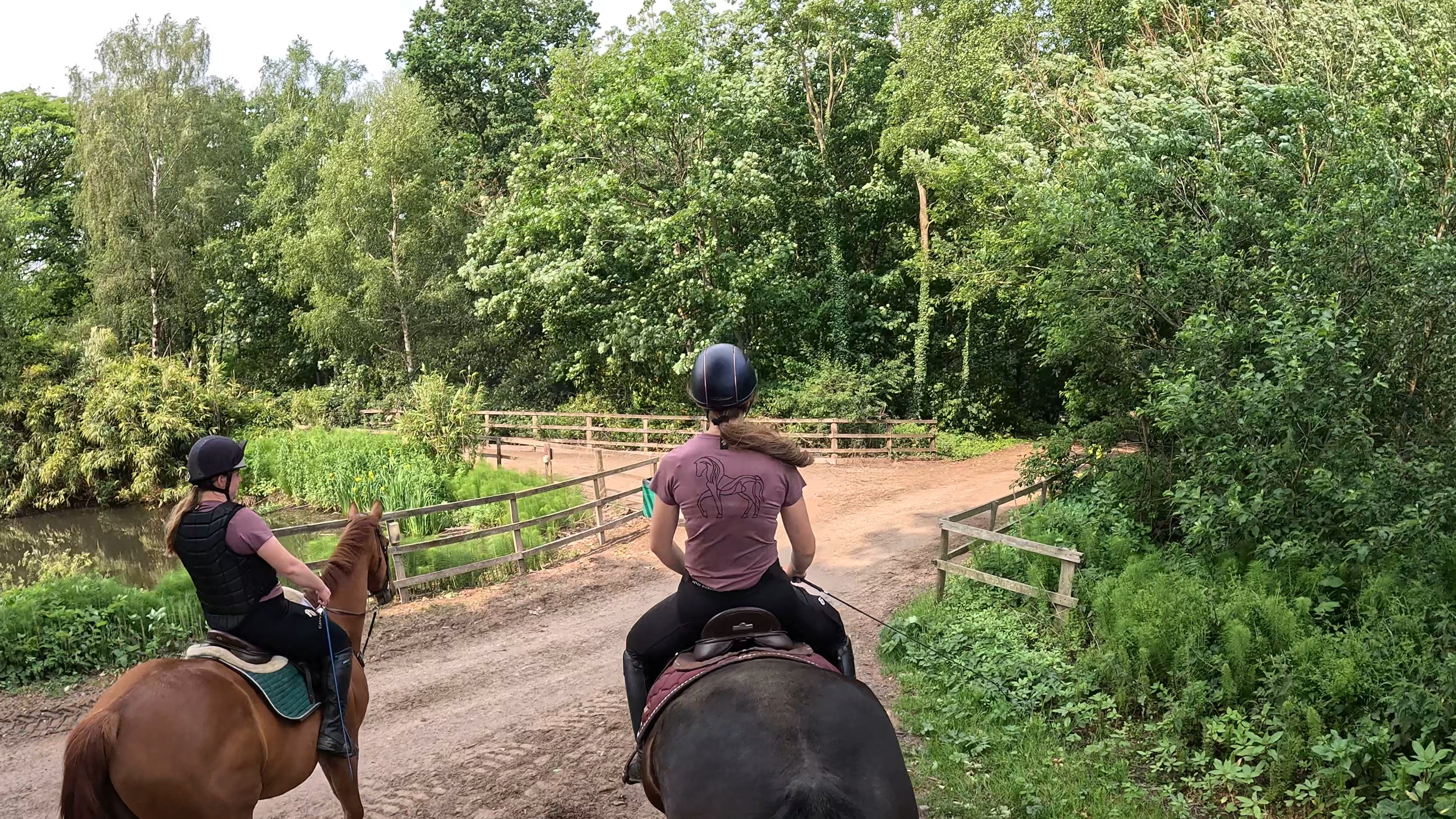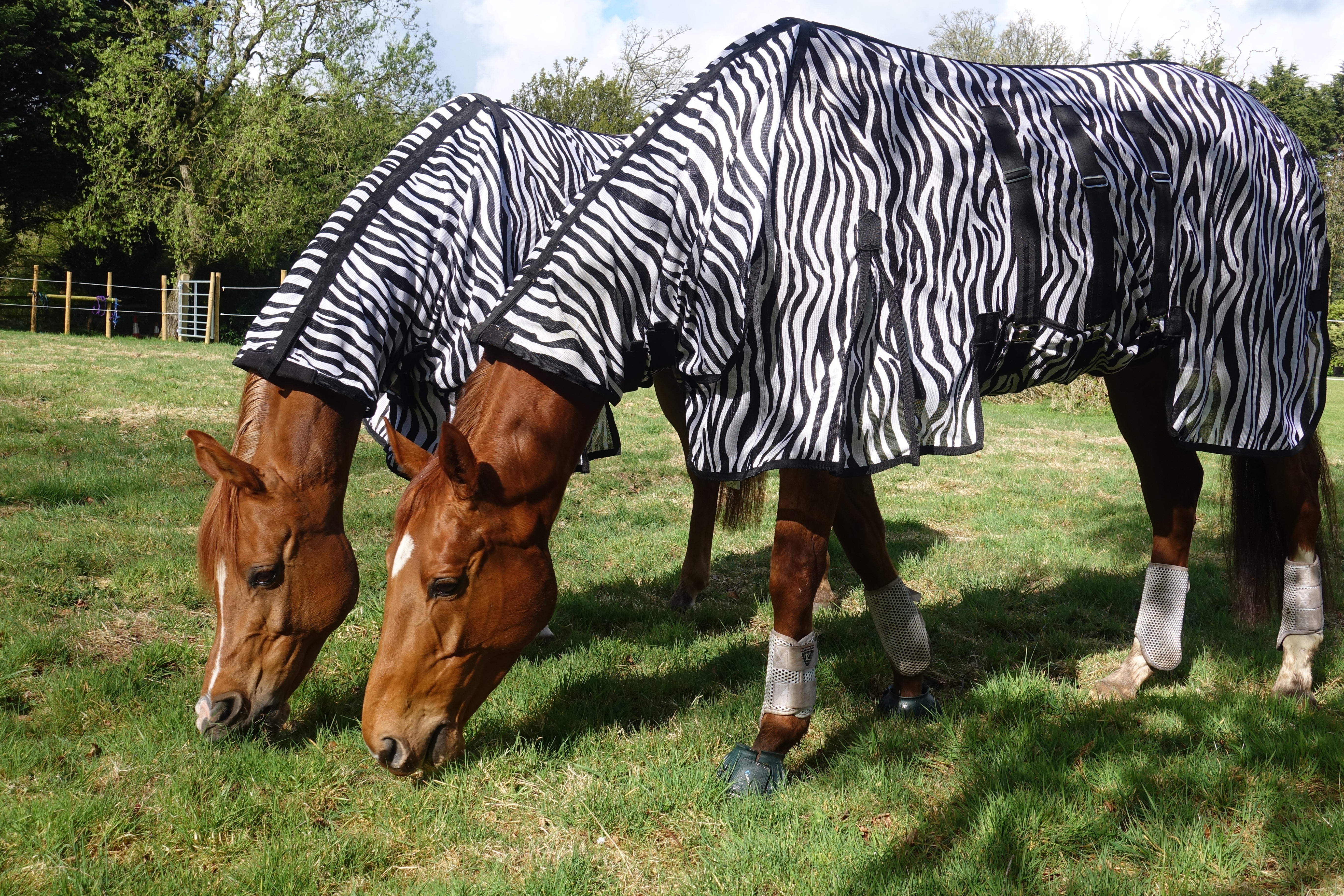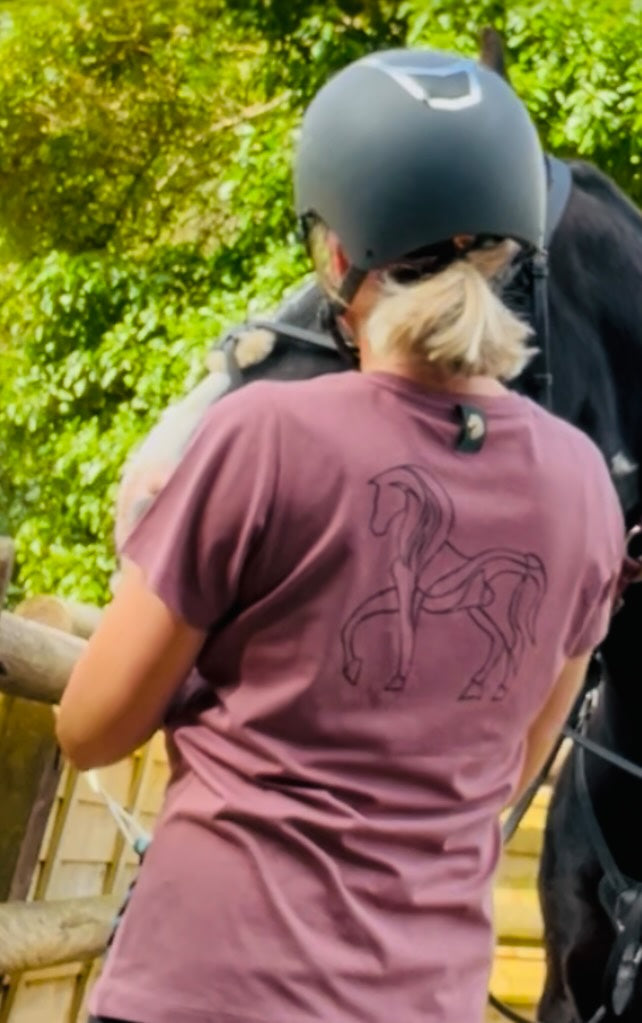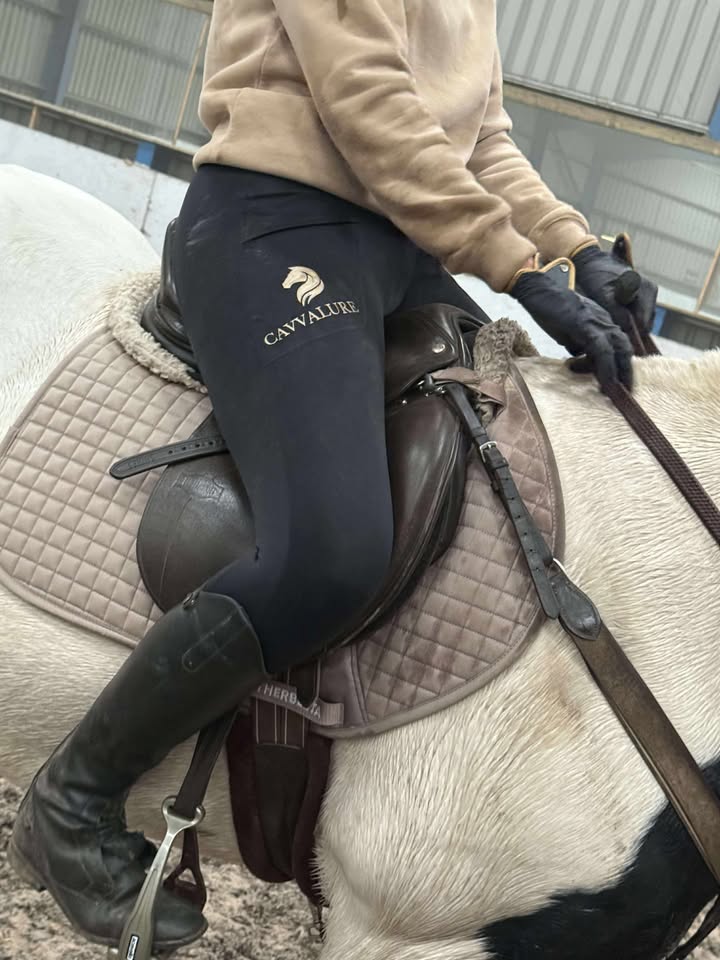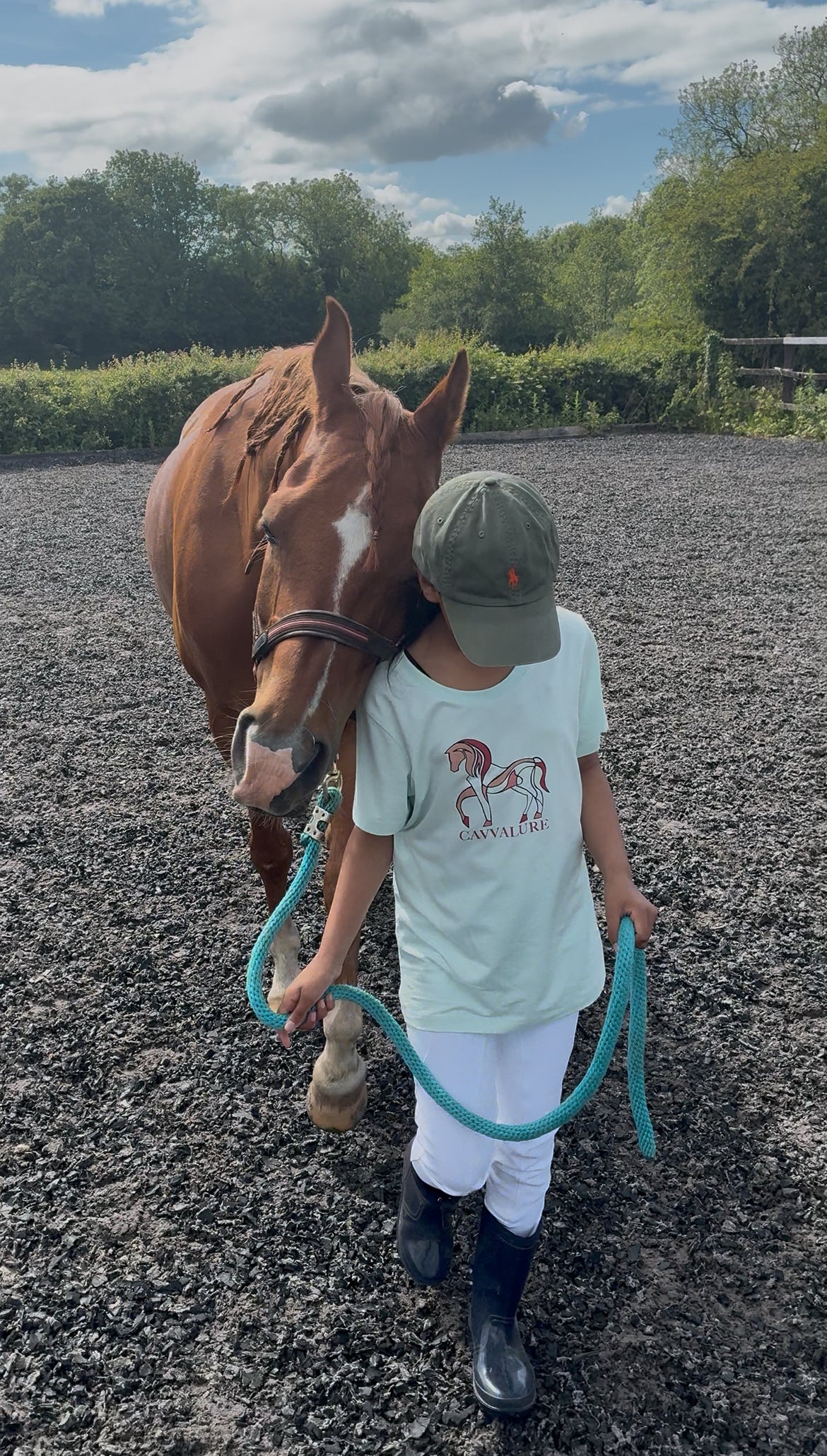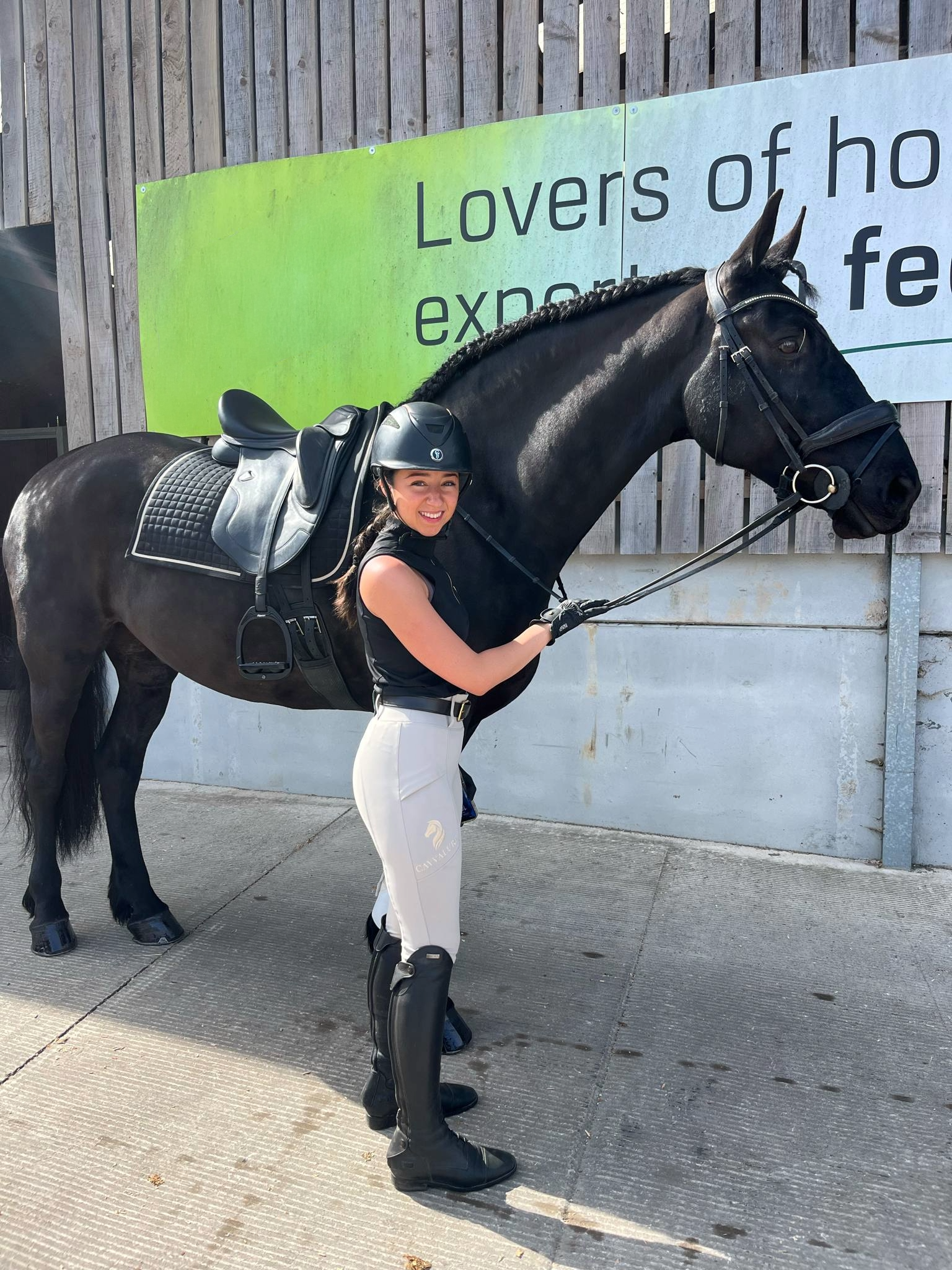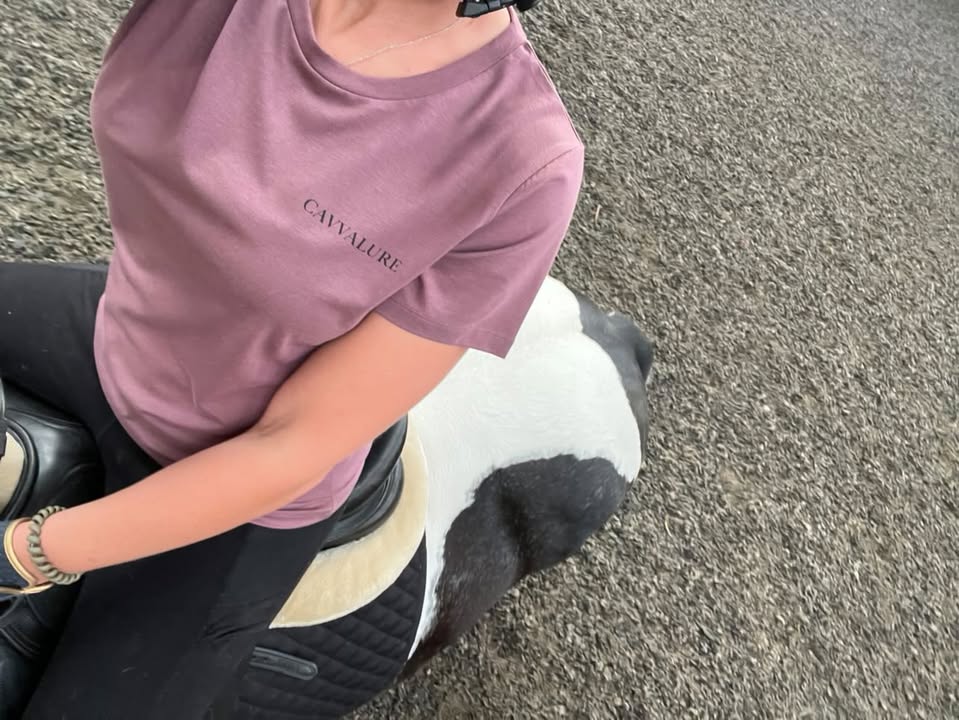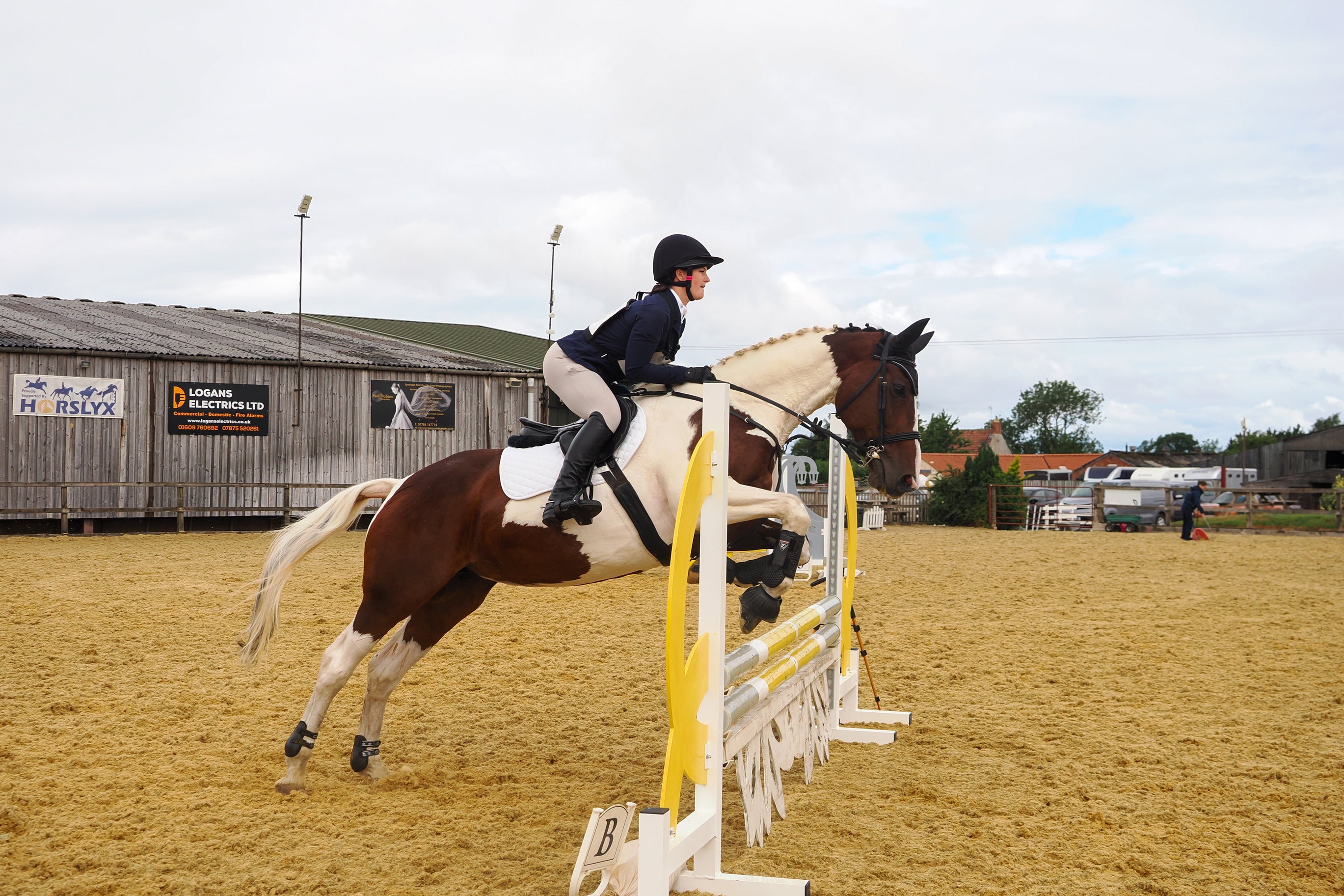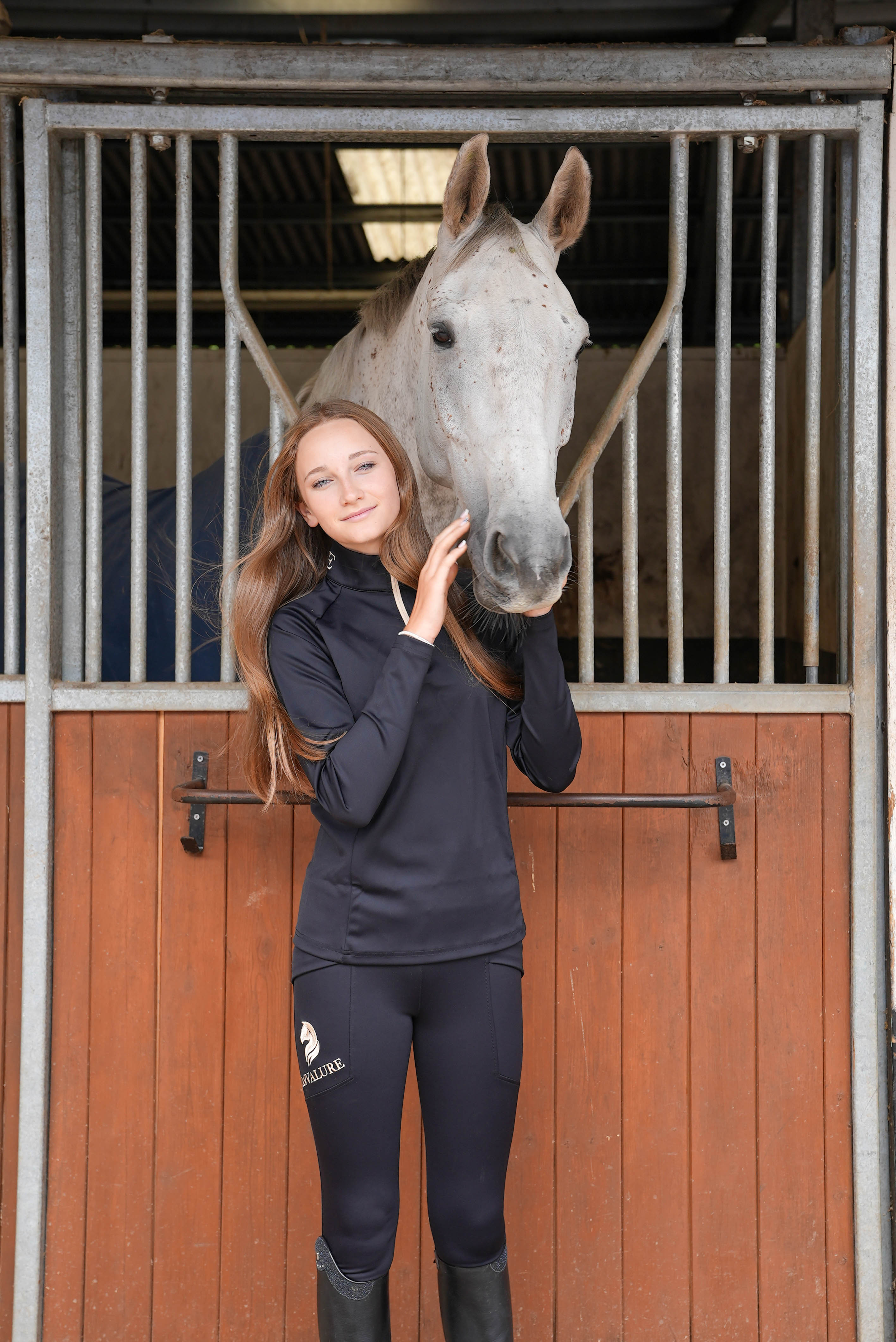For our inaugural entry, we turn to a work of singular brilliance and untamed beauty: Beryl Markham’s memoir, West with the Night. Published in 1942, it is more than an account of a pioneering aviator; it is a vivid chronicle of a life lived with audacious courage, a deep connection to the Kenyan landscape, and an innate understanding of the noble spirit of the horse.

Markham’s prose, much like the woman herself, possesses a lean, functional elegance. Her descriptions of her early life in British East Africa, her tutelage under the wise and intuitive Arab horse trainer, Abd-el-Kur, and her own burgeoning career as a racehorse trainer, are rendered with a clarity and precision that speak to a mind that values substance and skill. Consider her attire and demeanour as implicitly portrayed: never fussy, always practical, yet imbued with an undeniable grace born from capability. There is no room for superfluous ornament when facing the rigours of training thoroughbreds or navigating the African bush. Instead, one senses a style dictated by purpose – well-crafted boots, durable fabrics, garments that allow for movement and command respect through their inherent quality rather than overt display. This mirrors the timeless equestrian fashion that Cavvalure champions: where functional beauty is paramount, and elegance is a natural consequence of superior design and high craftsmanship, perfectly suited to a woman of action and discernment.
West with the Night offers a compelling glimpse into the equestrian traditions and training methods of its era in colonial Kenya. Markham writes of a time when the understanding of lineage was not merely a note in a studbook but a deeply intuitive science. The Nandi Laibon, the tribal sage, assesses a young Beryl with the same discerning eye he might cast over a promising colt, recognising inherent qualities. This respect for heritage, for the innate potential passed down through generations, is a cornerstone of the equestrian world. Her accounts of training racehorses reveal methods built on patience, acute observation, and a profound respect for the animal’s intelligence and spirit – a far cry from brute force, emphasising instead a partnership. It speaks to a quality of horsemanship where passion is matched by skill, a value deeply ingrained in the Cavvalure spirit.
The Kenyan landscape itself – those "rolling, limitless, lion-coloured hills," the vast Nandi forests, the shimmer of the Great Rift Valley – is not merely a backdrop but an essential character shaping the narrative and Markham’s own resilient spirit. Unlike the manicured estates often found in English equestrian classics, this is a wilder, more elemental setting. It demands courage and adaptability, fostering a unique aesthetic where beauty is found in the untamed and the authentic. The grandeur of this African expanse imbues the story with a raw, powerful beauty, underscoring that true elegance can thrive even in the most rugged environments, a testament to the enduring allure of nature’s own design.
Markham’s writing style is a marvel of enduring quality. Each sentence is crafted with precision, sparse yet extraordinarily evocative. There's an honesty that eschews sentimentality, yet her prose is deeply imbued with feeling. Hemingway, famously, was in awe of her skill. This commitment to clarity, to finding the exact right word, to conveying profound truths with an elegant economy, reflects the same dedication to high craftsmanship that Cavvalure esteems in the creation of a beautiful, functional garment. The book’s deeper message – of facing fear, of pushing boundaries, of finding meaning in a life lived with passionate intensity – resonates with an enduring quality that transcends its time.
Perhaps most compelling is the nuanced portrayal of the human-horse relationship. Markham’s bond with her own horses, like the wise old stallion Pegasus or the fleet-footed Camciscan, is depicted with a profound understanding that goes beyond ownership. It is a partnership built on mutual respect, an almost telepathic communication. She writes of "the dignity of a race-horse" and the "archaic and lovely rhythm" of their movement. This sensitive exploration of the deep, often unspoken, connection between rider and horse – a bond of trust, shared endeavour, and mutual understanding – is a passion that continues to drive equestrians through generations.
Ultimately, West with the Night leaves us with more than just tales of adventure. It speaks to the courage required to carve one's own path, the beauty found in a life lived in harmony with nature and in pursuit of a singular passion. Beryl Markham’s story, much like a perfectly crafted bridle or a timeless show jacket, embodies an enduring quality. It reminds us that true style is born from substance, that elegance is often found in functional simplicity, and that the passionate spirit, whether navigating the African skies or the subtleties of the dressage arena, is a force of enduring beauty and inspiration.


